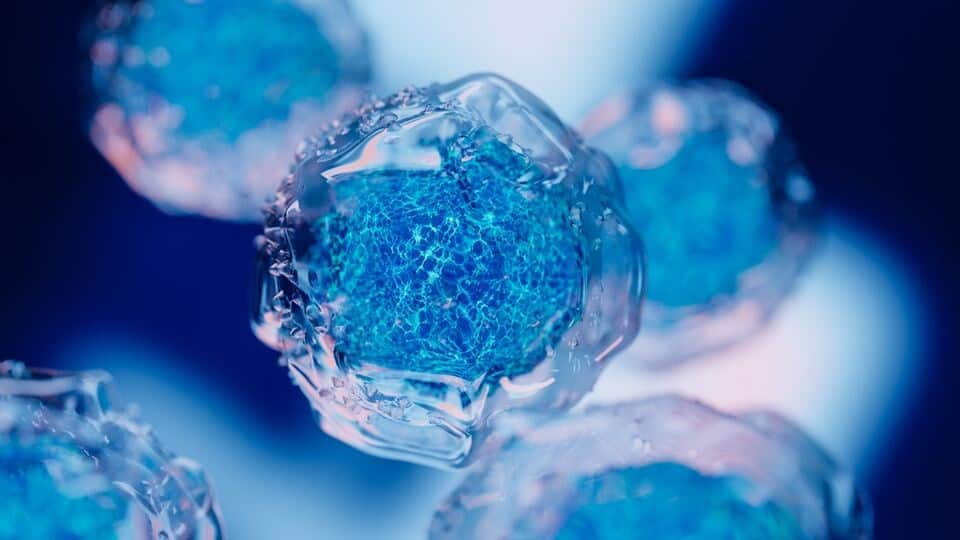
Skin stem cells surprise scientists with reprogramming ability
What's the story
A team of researchers from the University of Toronto has made a groundbreaking discovery about neural crest stem cells. Found in the skin and other body parts, the cells have been identified as the source of reprogrammed neurons previously discovered by other scientists. The finding challenges the prevailing theory in cellular reprogramming, which says any mature cell can be induced to change its identity to an entirely different cell type through transcription factors (TFs) infusion.
New theory
Neural crest stem cells: A unique type in cellular reprogramming
The research team proposes a new theory, one that suggests there is one unique type of stem cell that can be reprogrammed into different cell types. "We believed that most cases of cell reprogramming could be attributed to a rare, multi-potential stem cell that is found throughout the body and lays dormant within populations of mature cells," said Justin Belair-Hickey, lead author on the study and a graduate student at UT's Donnelly Centre for Cellular and Biomolecular Research.
Information
Understanding the inefficiency in cellular reprogramming
Belair-Hickey further explained that their data demonstrates why reprogramming is often an inefficient process. The reason being, the neural crest stem cell is one of the few stem cells that can produce the desired reprogrammed cell type.
Medical potential
Genetic predisposition and potential in medicine
Neural crest cells, found under the hair follicle in the skin, are genetically programmed to become neurons. This prompted the team to reconsider current interpretations of experimental data in cellular reprogramming studies, particularly regarding the flexibility of a cell's identity. This includes theories on how mature cells from one embryonic layer can be directly re-programmed into mature cells of another layer, despite the distinct developmental histories of the three germ layers.
More details
A promising candidate for stem cell transplantation therapies
Belair-Hickey was skeptical of direct reprogramming claims, saying they believe cell identity is much more defined and stable than previously thought. Neural crest stem cells are present throughout the body, including in the skin, bone, and connective tissue. Their widespread distribution, ability to be reprogrammed into various cell types, and easy accessibility in the skin make them a promising candidate for stem cell transplantation in disease treatment.